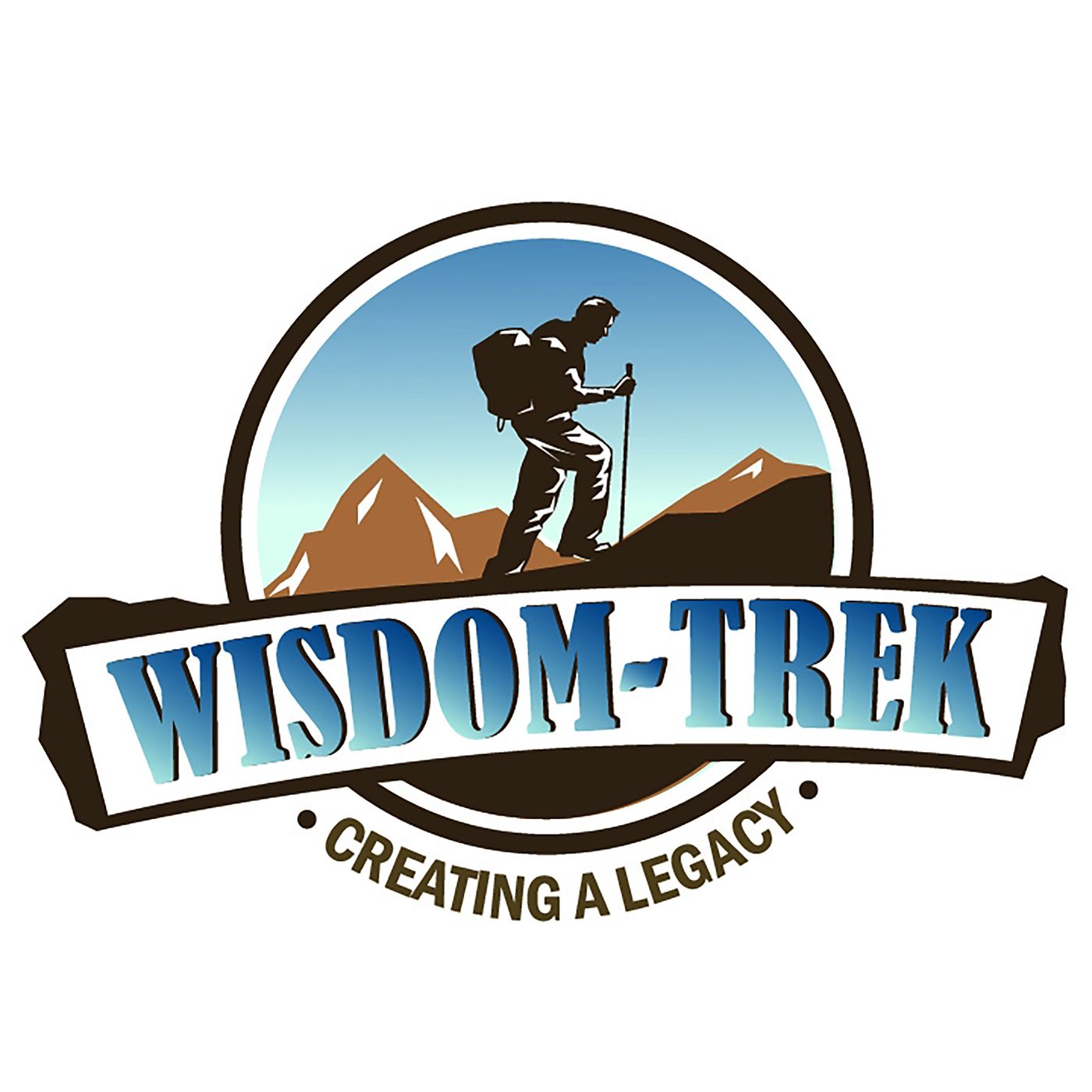- religion
- SEE MORE
- classical
- general
- talk
- News
- Family
- Bürgerfunk
- pop
- Islam
- soul
- jazz
- Comedy
- humor
- wissenschaft
- opera
- baroque
- gesellschaft
- theater
- Local
- alternative
- electro
- rock
- rap
- lifestyle
- Music
- como
- RNE
- ballads
- greek
- Buddhism
- deportes
- christian
- Technology
- piano
- djs
- Dance
- dutch
- flamenco
- social
- hope
- christian rock
- academia
- afrique
- Business
- musique
- ελληνική-μουσική
- World radio
- Zarzuela
- travel
- World
- NFL
- media
- Art
- public
- Sports
- Gospel
- st.
- baptist
- Leisure
- Kids & Family
- musical
- club
- Culture
- Health & Fitness
- True Crime
- Fiction
- children
- Society & Culture
- TV & Film
- gold
- kunst
- música
- gay
- Natural
- a
- francais
- bach
- economics
- kultur
- evangelical
- tech
- Opinion
- Government
- gaming
- College
- technik
- History
- Jesus
- Health
- movies
- radio
- services
- Church
- podcast
- Education
- international
- Transportation
- Other
- kids
- podcasts
- philadelphia
- Noticias
- love
- sport
- Salud
- film
- and
- 4chan
- Disco
- Stories
- fashion
- Arts
- interviews
- hardstyle
- entertainment
- humour
- medieval
- literature
- alma
- Cultura
- video
- TV
- Science
- en
Day 1366 – Mastering the Bible – Biblical Genealogies and John’s Gospel is Different – Worldview Wednesday

Welcome to Day 1366 of our Wisdom-Trek, and thank you for joining me.I am Guthrie Chamberlain, Your Guide to WisdomMastering the Bible – Biblical Genealogies and John's Gospel is Different – Worldview WednesdayWisdom - the final frontier to true knowledge. Welcome to Wisdom-Trek! Where our mission is to create a legacy of wisdom, to seek out discernment and insights, to boldly grow where few have chosen to grow before. Hello, my friend, I am Guthrie Chamberlain, your captain on our journey to increase Wisdom and Create a Living Legacy. Thank you for joining us today as we explore wisdom on our 2nd millennium of podcasts. Today is Day 1366 of our Trek, and it is Worldview Wednesday. Creating a Biblical Worldview is essential to have a proper perspective on today’s current events. To establish a Biblical Worldview, you must have a proper understanding of God and His Word. Our focus for the next several months on Worldview Wednesday is Mastering the Bible, through a series of brief insights. These insights are extracted from a book of the same title from one of today’s most prominent Hebrew Scholars, Dr. Micheal S. Heiser. This book is a collection of insights designed to help you understand the Bible better. When we let the Bible be what it is, we can understand it as the original readers did, and as its writers intended. Each week we will explore two insights, and this week we finish up in the Old Testament and begin in the New Testament.
Mastering The Bible – Biblical Genealogies and John’s Gospel is DifferentInsight Fifty-Five: Biblical Genealogies Are at Times ArtificialMost Bible students would not regard biblical genealogies as very interesting. The assumption is that they are in the Bible to accomplish only one thing basically: give us generational lineages between people. That isn’t the case. Genealogies are not always of the same type. Some genealogies are deliberately artificial since they seek to convey some specific point of teaching.
Perhaps the best example of a deliberately artificial genealogy is the genealogy of Jesus in Matthew 1. Scholars have long known that Matthew arranges Jesus’ genealogy in three groups of fourteen names. Many of the names come from Old Testament genealogical lists for Israelite kings and patriarchs. And that is precisely how the artificial nature of the genealogy is known.
If one compares the genealogy put forth by Matthew with the Old Testament genealogies, which contain the names in Jesus’s genealogy, it becomes obvious that the time span covered by the three sections of Matthew’s genealogy is too great for the generations Matthew lists. We know how old many of the people in Matthew’s genealogy were at death, and so the numbers don’t add up. But the most transparent result of comparing the genealogies is that Matthew omits names in the Old Testament lists. Luke, who also provides a genealogy for Jesus, does the same thing— and his names don’t always match Matthew’s.Our modern mind is quick to think that Matthew made mistakes. That isn’t the case. Matthew was telegraphing something by his three-by-fourteen structure.
Hebrew, Greek, and Aramaic used letters in their alphabets for numbers. Other ancient languages do the same. Many scholars believe that the best explanation for Matthew’s structuring of Jesus’s genealogy is that the number fourteen is the numerical equivalent of the name David. In essence, the three groups of fourteen said “David, David, David” and then ended with Jesus, the son of David, the rightful heir to David’s throne. Since Matthew spends a great deal of time on validating Jesus’s claim to be the messiah in his Gospel, this playful way of pointing to David and the messianic son of David makes sense.
Not every genealogy is as interesting as this one, but they often convey important information by their omissions and selectivity. We need to be mindful that ancient writers did things differently than we do. We can’t...